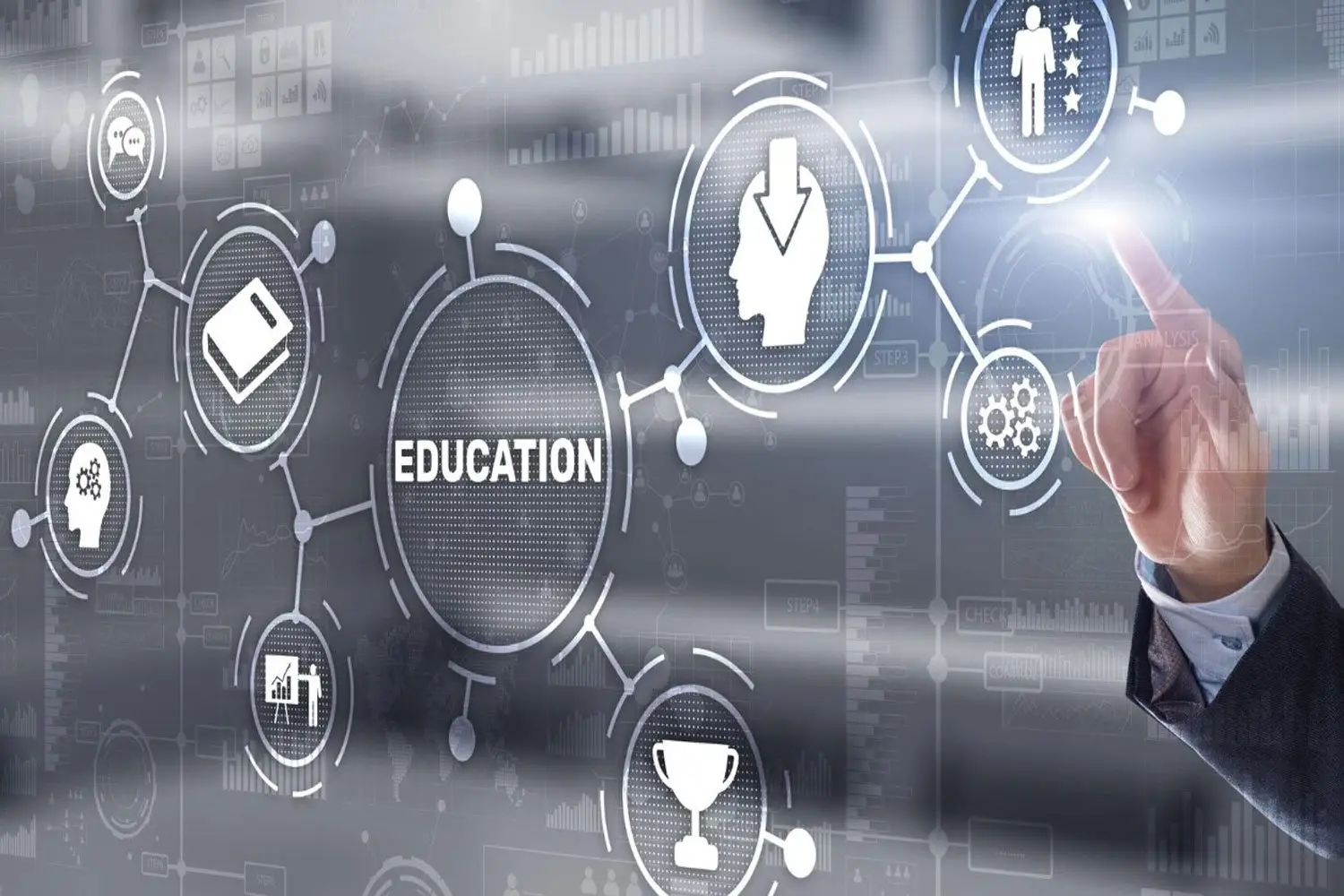
The Impact Of Digital Transformation Readiness Towards The New Normalcy In The Education System
- [printfriendly]
Dealing with the improbable as expected would result in a new absence of management expertise in universities may not be assured of it.
According to a study by Spyropoulou and Koutroukis (2021) that the immense strain imposed by this outbreak has led universities and colleges to experience a long time of disturbance or a colossal failure. The settings of social space, remote employment, and global alienation induced by the pandemic have precipitated a sequence of unstable situations for the universities, which may not anticipate in numerous formulated organizational methods. Despite the situation, many academic institutions started to intensify their digitalization program greatly due to the severe issue (Stracke et al., 2022). Alternatively, universities and colleges that throve infused digital capabilities gained a massive improvement as the abrupt proliferation of technology to citizenry has become unanticipated. Hence, they referred to as the “new normal” impelled diverse academic systems to work with a different perspective as matters may never return to the way they used to be (Rapanta et al., 2021).
A study by Goodyear (2022) explained that universities inevitably need to infuse technology into the most profound veins to frame a culture that could sustain as a shield for varied educational turbulences. Numerous educational institutions with a legacy setup are finding it rather challenging to maintain a similar experience with scholars. Contextually, the individual interface has become increasingly difficult to maintain, which encourages university officials to grasp the desired result of establishing a seamless experience in both offline and online interfaces with the students (Ali et al., 2021). Such orchestration of digital experience would make educational institutions leverage technology diffusion speed using digital assets while reassuring adequate resources directed to cultivate digital seeds within the university’s cultural roots.
The impact on institution operations due to the pandemic was genuinely global and catastrophic. Forced lockdowns and social distancing measures triggered massive imbalances between what was demanded and what was not. Commercial platforms including manufacturing, retail, transportation, wholesale, and education were halted for months but are now easing out slowly with more significant complexities as every country has its unique educational and economic security measures to deal with (Shafi et al., 2020). On the other hand, various universities and colleges face tremendous pressure in managing cash flows, especially private universities and colleges, derived from imbalances in delays, disruptions in the recovery funnel, and many other unexpected social and economic turbulence (Hoque et al., 2022). Despite the negative sentiments, various educational institutions are trying to explore the new standard silver lining. Universities are impelled to invest and work around a digitally infused environment (Almazova et al., 2020), which allows counter-schools to expand their digital assets that are utilized to scale the provision and run it more efficiently than ever before. Therefore, it has become critical that universities consider data or information as the new creativity and bloodline of the education sector.
Further, academic leaders must understand the criticality of this novelty and allocate adequate digital resources that support in curriculum design decisions, enabling effective capacity planning and appropriate resource allocation for the different scenarios which could be in play for education (Rapanta et al., 2020). As highlighted before, universities must maintain high data-driven connectivity with students to accumulate a sense of deeper understanding to provide services at the right time with a personal touch. In turbulent times like pandemic, it is sensible for universities to deploy short-term actionable decisions while understanding the student behavior to create a lasting impact on the student.
References
- Ali, S., Hafeez, Y., Abbas, M. A., Aqib, M. &Nawaz, A. (2021). Enabling remote learning system for virtual personalized preferences during COVID-19 pandemic. Multimedia Tools and Applications, 80(24): 33329–33355. DOI: 10.1007/s11042-021-11414-w
- Almazova, N., Krylova, E., Rubtsova, A.&Odinokaya, M. (2020). Challenges and Opportunities for Russian Higher Education amid COVID-19: Teachers’ Perspective. Education Sciences, 10(12), 368. DOI:10.3390/educsci10120368
- Goodyear, P. (2022). Realizing the Good University: Social Innovation, Care, Design Justice and Educational Infrastructure. Postdigital Science and Education, 4, 33–56. DOI: 10.1007/s42438-021-00253-5
- Hoque, Z., Mai, K. &Ozdil, E. (2022). Accounting as rhetorical devices during the COVID-19 pandemic: evidence from Australian universities. Journal of Public Budgeting, Accounting & Financial Management, 34(6), 168-192. DOI 10.1108/JPBAFM-09-2021-0137
- Rapanta, C., Botturi, L., Goodyear, P., Guardia, L. &Koole, M. (2021). Balancing Technology, Pedagogy and the New Normal: Post-pandemic Challenges for Higher Education. Postdigital Science and Education, 3, 715–742. DOI: 10.1007/s42438-021-00249-1
- Rapanta, C., Botturi, L., Goodyear, P., Guardia, L. &Koole, M. (2020). Online University Teaching During and After the Covid-19 Crisis: Refocusing Teacher Presence and Learning Activity. Postdigital Science and Education, 2, 923–945. DOI: 10.1007/s42438-020-00155-y
- Shafi, M., Liu, J. &Ren, W. (2020). Impact of COVID-19 pandemic on micro, small, and medium-sized Enterprises operating in Pakistan. Research in Globalization, 2, 100018. DOI: 10.1016/j.resglo.2020.100018
- Spyropoulou, E. &Koutroukis, T.(2021). Managing Open School Units amid COVID-19 Pandemic through the Experiences of Greek Principals. Implications for Current and Future Policies in Public Education. Administrative Sciences, 11: 70. DOI: 10.3390/admsci11030070
- Stracke, C.M.; Burgos, D.; Santos-Hermosa, G.; Bozkurt, A.; Sharma, R.C.; SwiatekCassafieres, C.; dos Santos, A.I.; Mason, J.; Ossiannilsson, E.; Shon, J.G.; et al. Responding to the Initial Challenge of the COVID-19 Pandemic: Analysis of International Responses and Impact in School and Higher Education. Sustainability, 14, 1876. DOI: 10.3390/su14031876



